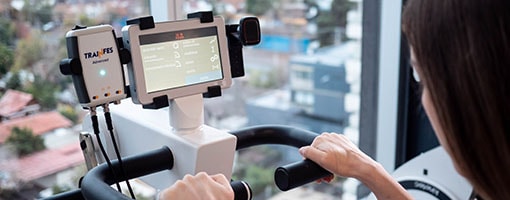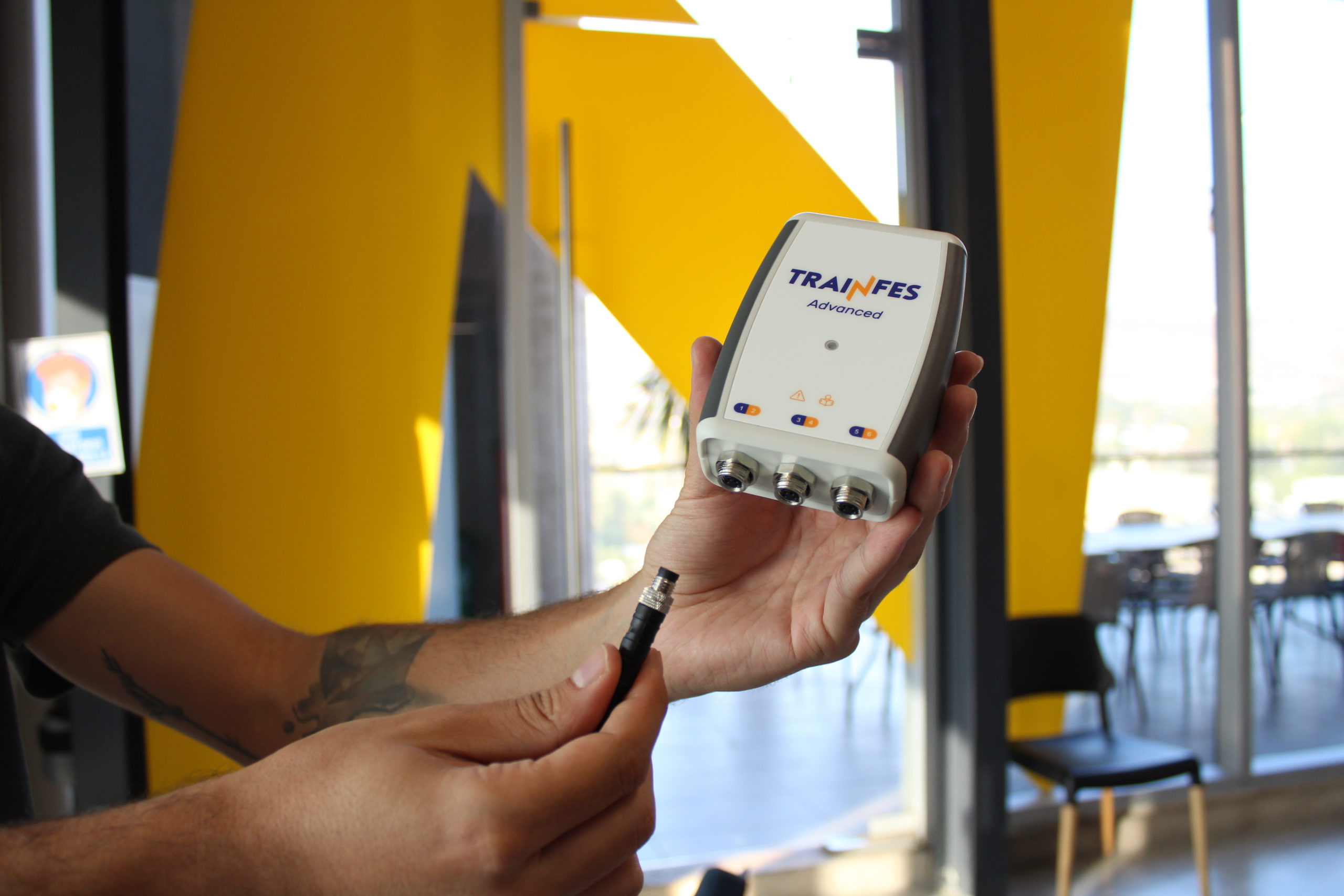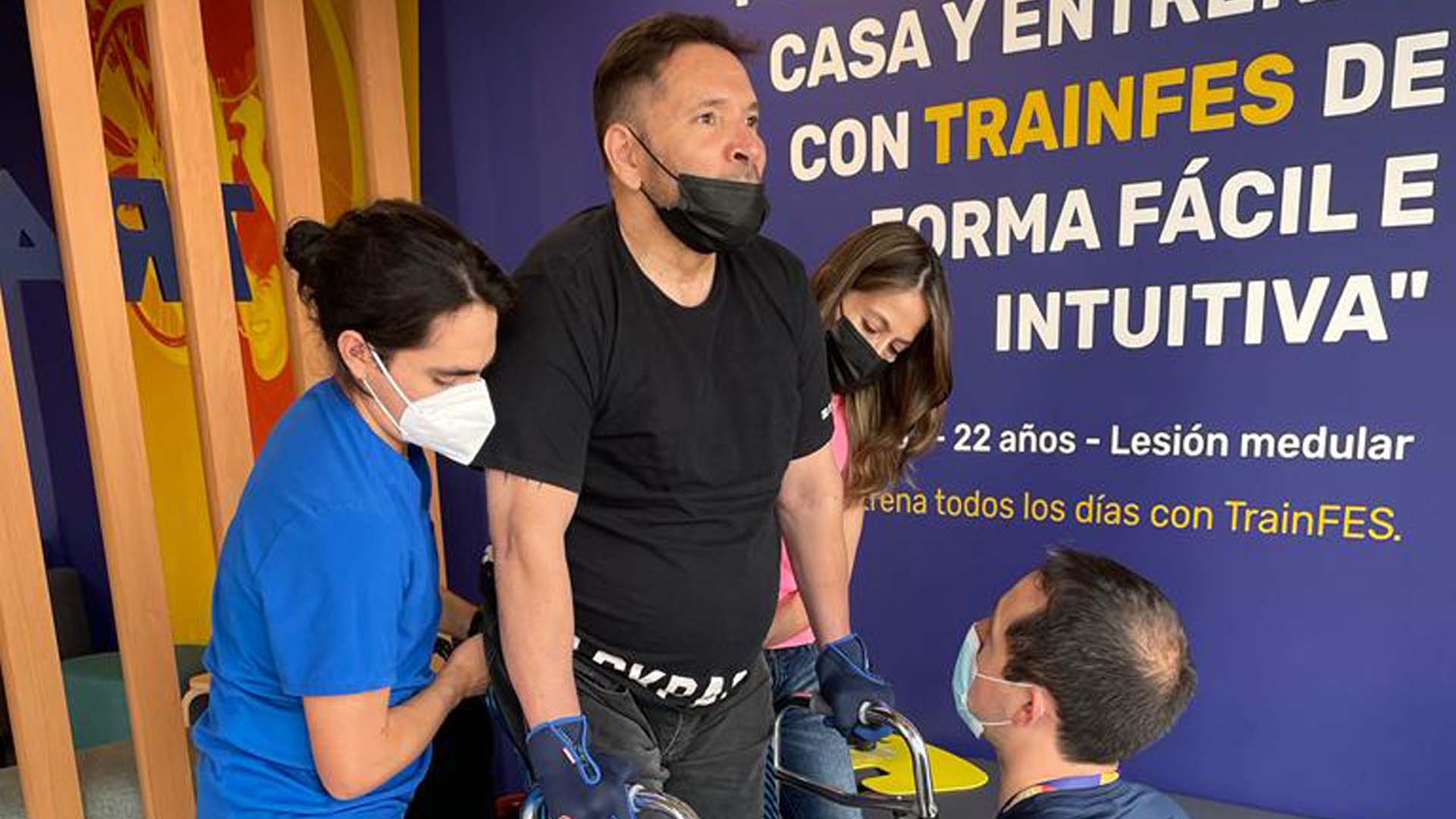How FES helps to rehabilitate the skeletal muscle of UPC patients
In Chile, Critical Patient Units are starting to rely on functional electrostimulation to achieve early rehabilitation in people infected with Covid-19.
In the blog How FES can aid in the recovery of patients with COVID-19we reviewed how this type of treatment can facilitate a person's discharge from Critical Care Units (CCU). One of them is precisely by preventing or treating acquired muscle weakness in CPUs, after the sedation required to perform the intubation and all the time the person is kept with minimal activity.
This article from the Soy Vida site explains how the patient can suffer a significant loss of independence post mechanical ventilation.. In fact, it points out that "at least 25% of these patients require assistance with activities of daily living one year after admission to intensive care, placing an enormous burden on informal and formal caregivers." This is precisely what this type of treatment aims to minimize.
Dr. Eduardo Tobar, technical chief of the Critical Patient Unit of the Clinical Hospital of the University of Chile (also manager of the Post-ICU syndrome follow-up project at the same place), explained to the media that one of the most obvious consequences in his patients is the muscle weakness that affects 33% of those connected to mechanical ventilators. consequences in his patients is muscle weakness, which affects 33% of those connected to mechanical ventilators.. It should be taken into account that in addition to sedation, they are given neuromuscular blocking drugs. This, combined with inactivity, produces a significant decrease in muscle mass and, therefore, in strength.
How FES helps to rehabilitate the skeletal muscle of UPC patients
Early rehabilitation
Early rehabilitation significantly improves the post-discharge Barthel index. For example, in gait, it improves patients' walking ability and endurance once they are discharged.
Likewise, early rehabilitation is a saving for both patients and PCUs, since it shortens the physical recovery period by 30%, avoids Deep Venous Thrombosis, prevents atrophy and Critical Patient Syndrome.
TrainFES and its functional electrostimulation treatment can help achieve early rehabilitation.
Advantages of using TrainFES to rehabilitate the musculoskeletal system of patients in the CPU
TrainFES therapy on skeletal muscle generates protective effects to prevent atrophy and adequately maintain the contractile properties of the muscle and its accompanying nerves. In addition, the metabolism of the muscle fibers and their blood vessel networks remain active, which generates cardiovascular protective effects.
TrainFES is a versatile treatment that can be applied in different stages and forms. It is also simple and fast: just install the electrodes, select the mode in
APP and the equipment is ready to start. It also promotes hygiene and safety, as it reduces patient contact and is very easy to disinfect.
On the other hand, now that PCUs are collapsed, it is not a minor fact that this system optimizes rehabilitation; up to 10 beds can be covered with TrainFES equipment.
What are the improvements that have been recorded using TrainFES?
In general, in those patients who have been able to receive TrainFES therapy, better adaptation to therapeutic exercise has been observed after leaving the ICU; less fatigue, less loss of muscle mass and, therefore, greater contractile and functional strength.
In TrainFES we are advancing in research and generation of protocols, which will allow us to incorporate a greater number of patients who need early and safe stimulation therapy
Where and when TrainFES is recommended for use
Given the uncertainty surrounding COVID cases, TrainFES therapy is being performed in those patients who have already passed their most critical stage and are in the process of extubation or transfer to less complex units.
Functional electrostimulation is performed on large leg muscles (such as quadriceps, hamstrings and gastrocnemius), ideally twice a day for 20 to 30 minutes each time.
The clinical behavior of the patient and the experience of the therapist should always be taken into account.
I want more information
Recommended Publications
How FES helps with different mobility problems
Cardiovascular accidents and spinal cord injuries require specific therapies. Electrostimulation can be adapted to every need.
Functional electrostimulation as a support for kinesiology
Cases of motor paralysis resulting from neurological disorders or neurodegenerative diseases require appropriate treatment. For this purpose, the role of kinesiology professionals, who have techniques such as functional electrostimulation to enhance rehabilitation, is essential.
Rehabilitation with functional electrostimulation at TRAINFES
Rehabilitation at TRAINFES uses functional electrostimulation technology and constant training to enable people with diagnoses such as stroke, spinal cord injury, cerebral palsy and others to access effective and comprehensive rehabilitation.


